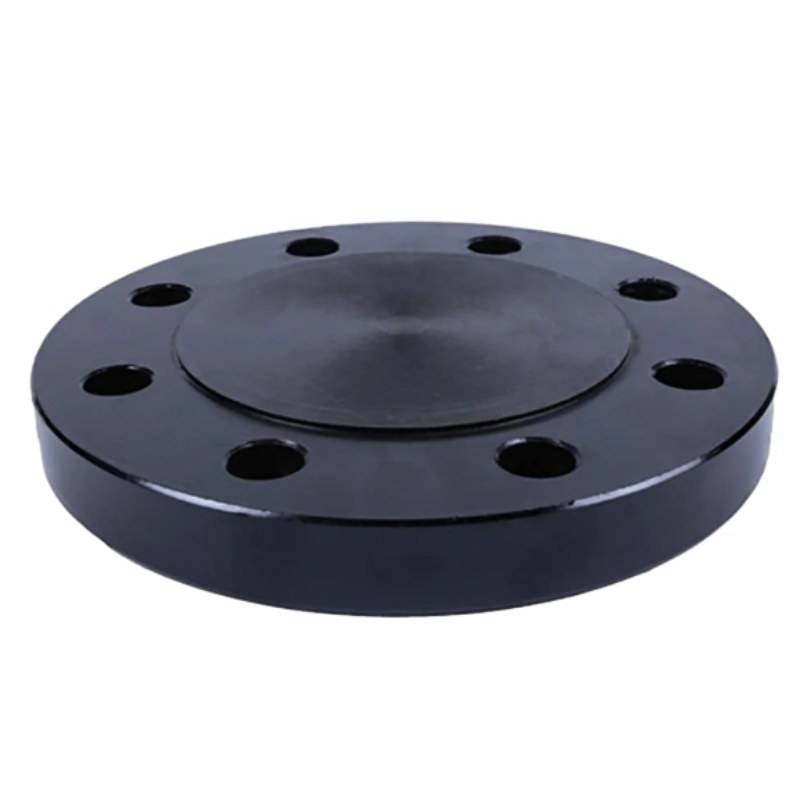-
Cangzhou Yulong Steel Co., Ltd.
-
Phone:
+86 13303177267 -
Email:
admin@ylsteelfittings.com
- English
- Arabic
- Italian
- Spanish
- Portuguese
- German
- kazakh
- Persian
- Greek
- French
- Russian
- Polish
- Thai
- Indonesian
- Vietnamese
- Zulu
- Korean
- Uzbek
- Hindi
- Serbian
- Malay
- Ukrainian
- Gujarati
- Haitian Creole
- hausa
- hawaiian
- Hebrew
- Miao
- Hungarian
- Icelandic
- igbo
- irish
- Japanese
- Javanese
- Kannada
- Khmer
- Rwandese
- Afrikaans
- Albanian
- Amharic
- Armenian
- Azerbaijani
- Basque
- Belarusian
- Bengali
- Bosnian
- Bulgarian
- Catalan
- Cebuano
- China
- China (Taiwan)
- Corsican
- Croatian
- Czech
- Danish
- Esperanto
- Estonian
- Finnish
- Frisian
- Galician
- Georgian
- Kurdish
- Kyrgyz
- Lao
- Latin
- Latvian
- Lithuanian
- Luxembourgish
- Macedonian
- Malgashi
- Malayalam
- Maltese
- Maori
- Marathi
- Mongolian
- Myanmar
- Nepali
- Norwegian
- Norwegian
- Occitan
- Pashto
- Dutch
- Punjabi
- Romanian
- Samoan
- Scottish Gaelic
- Sesotho
- Shona
- Sindhi
- Sinhala
- Slovak
- Slovenian
- Somali
- Sundanese
- Swahili
- Swedish
- Tagalog
- Tajik
- Tamil
- Tatar
- Telugu
- Turkish
- Turkmen
- Urdu
- Uighur
- Welsh
- Bantu
- Yiddish
- Yoruba

Oct . 05, 2024 18:38 Back to list
astm a 106 gr b specification
Understanding ASTM A106 Gr B Specification
ASTM A106 Gr B is a specification set by the American Society for Testing and Materials (ASTM) that outlines the requirements for seamless and welded carbon steel pipes intended for high-temperature service. This specification is widely recognized and used across various industries, particularly in oil and gas, petrochemical, and power generation sectors. It ensures that the pipes can withstand high pressures and temperatures while maintaining their integrity and safety during operations.
Chemical Composition
The chemical composition of ASTM A106 Gr B is critical for its performance in high-temperature applications. The primary alloying elements include carbon, manganese, phosphorus, sulfur, and silicon. The maximum carbon content is 0.30%, with manganese ranging from 0.29% to 1.06%. Phosphorus and sulfur are limited to a maximum of 0.035%, while silicon can be present in amounts up to 0.10%. These elements collectively enhance the mechanical properties of the steel, such as tensile strength and ductility.
Mechanical Properties
ASTM A106 Gr B pipes are known for their excellent mechanical properties that make them suitable for high-stress applications. The specification calls for a minimum yield strength of 240 MPa (35,000 psi) and a minimum tensile strength of 415 MPa (60,000 psi). Additionally, the elongation requirement is at least 20% in a 200 mm gauge length, which indicates good ductility. These properties ensure that the pipes can endure significant pressure and temperature fluctuations without fracturing or failing.
Manufacturing Process
astm a 106 gr b specification

The manufacturing process of ASTM A106 Gr B involves either seamless or welded pipe production. Seamless pipes are manufactured by pushing a heated billet through a die, allowing for uniform wall thickness and strength. On the other hand, welded pipes are produced by welding together steel plates or strips. Each method has its advantages and is selected based on specific application requirements. Regardless of the method, the pipes undergo rigorous testing, including hydrostatic tests and mechanical property evaluations, to ensure compliance with the ASTM standards.
Applications
The versatility of ASTM A106 Gr B makes it suitable for a wide range of applications. These pipes are primarily used in the transportation of fluids such as oil, gas, and steam at high temperatures and pressures. They are commonly found in refineries, chemical plants, and power generation facilities, serving as essential components in piping systems. The ability of A106 Gr B to operate efficiently under challenging conditions makes it a preferred choice among engineers and designers.
Inspection and Testing
To maintain the quality and safety standards of ASTM A106 Gr B pipes, strict inspection and testing protocols are mandated. The pipes must undergo non-destructive testing (NDT) techniques, such as ultrasonic testing or radiographic testing, to detect any internal or surface flaws. Additionally, compliance with the specified mechanical properties is verified through tensile tests, bend tests, and impact tests. These assessments ensure that the pipes will perform reliably in their intended service environments.
Conclusion
ASTM A106 Gr B is a vital specification in the field of materials engineering, providing essential guidelines for the manufacture and application of carbon steel pipes in high-temperature and high-pressure settings. Its extensive use across various industries highlights its importance in ensuring safety, reliability, and efficiency in fluid transportation systems. As industries continue to evolve, the significance of ASTM A106 Gr B in meeting modern engineering demands will undoubtedly persist. Understanding this specification is crucial for professionals involved in design, production, and quality assurance in the material and manufacturing sectors.
Latest news
-
ANSI 150P SS304 SO FLANGE
NewsFeb.14,2025
-
ASTM A333GR6 STEEL PIPE
NewsJan.20,2025
-
ANSI B16.5 WELDING NECK FLANGE
NewsJan.15,2026
-
ANSI B16.5 SLIP-ON FLANGE
NewsApr.19,2024
-
SABS 1123 FLANGE
NewsJan.15,2025
-
DIN86044 PLATE FLANGE
NewsApr.19,2024
-
DIN2527 BLIND FLANGE
NewsApr.12,2024
-
JIS B2311 Butt-Welding Fittings LR/SR 45°/90° /180°Seamless/Weld
NewsApr.23,2024











